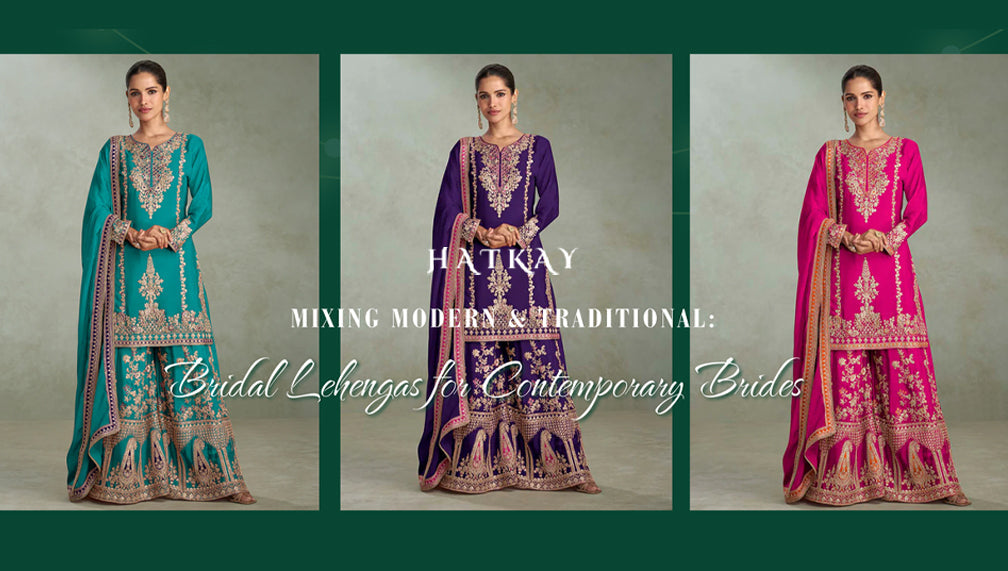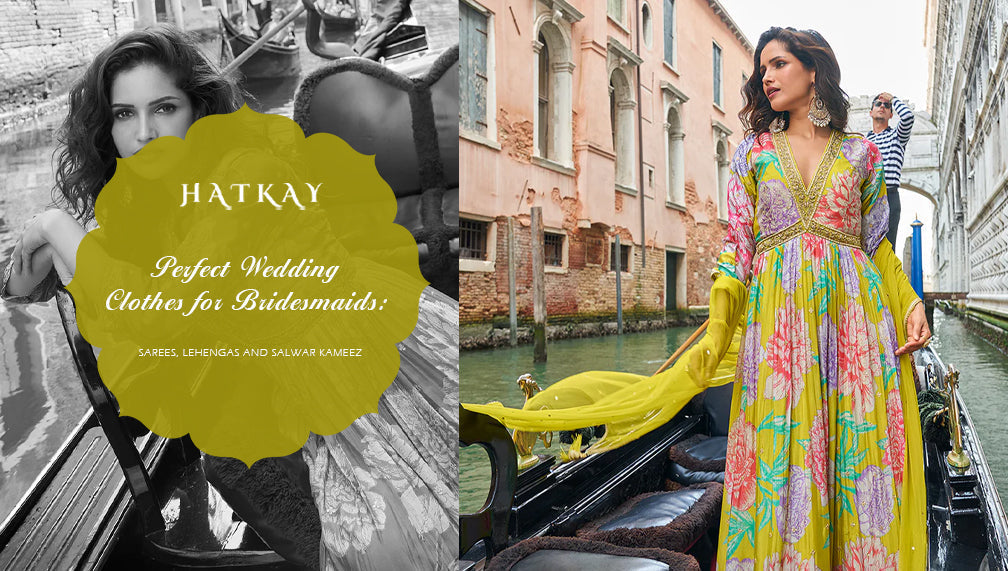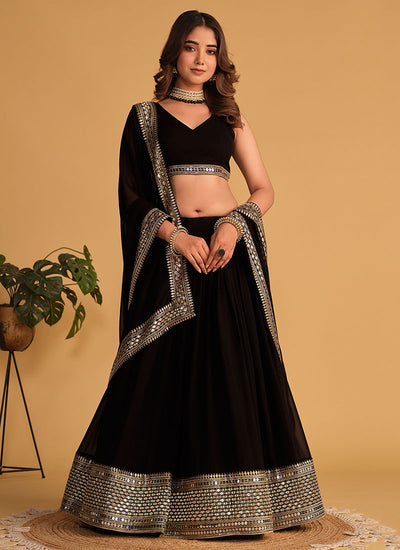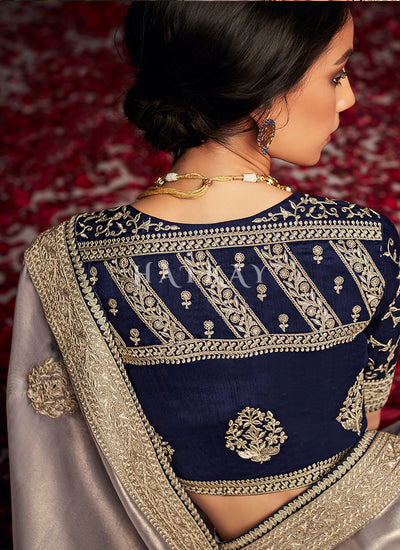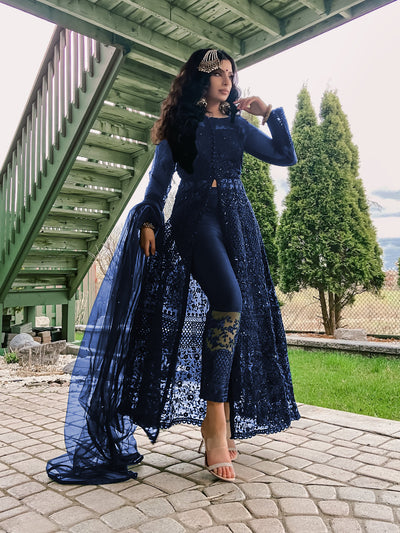
What is the Other Name of Lehenga Choli? Unveiling the History and Cultural Significance
The world of fashion is a tapestry woven with diverse fabrics, colors, and designs, each representing a unique cultural heritage. Among the myriad traditional attires, the "Lehenga Choli" stands out as an iconic ensemble that encapsulates the rich heritage of India. This ensemble, known by various names, has a history that dates back centuries and is deeply rooted in the cultural fabric of the subcontinent.
Unveiling the Other Name: Ghagra Choli
While widely recognized as "Lehenga Choli," this traditional attire also goes by another name: "Ghagra Choli." The term "Ghagra" refers to the voluminous, flared skirt, while "Choli" denotes the fitted blouse worn on the upper body. This ensemble is popular not only in India but also across neighboring countries like Pakistan, Nepal, and Bangladesh. The varying names signify its adaptability and widespread appeal, transcending borders and boundaries.
A Glimpse into the History
To understand the history of the Lehenga Choli, we must delve into India's rich cultural and historical tapestry. The origins of this attire can be traced back to ancient times, where it was primarily worn by women in royal households and aristocratic families. The Lehenga Choli was designed to embody grace, elegance, and opulence, making it a quintessential outfit for weddings, festivals, and grand celebrations.
Evolution and Influence
The Lehenga Choli has evolved over the centuries, influenced by changing fashion trends, regional aesthetics, and cultural amalgamation. In the medieval period, during the Mughal era, this attire saw a significant transformation. The Mughals brought their artistic sensibilities to the Indian subcontinent, resulting in the fusion of Persian styles with indigenous designs. This fusion gave birth to intricate embroideries, zardozi work, and delicate embellishments, which became synonymous with the Lehenga Choli.
Cultural Significance
The Lehenga Choli holds immense cultural significance, representing the diversity and vibrancy of India. Different regions have their own unique variations of this attire, each adorned with distinctive motifs, fabrics, and embroideries. For instance, the Rajasthani Lehenga Choli is known for its mirror work and vibrant colors, while the Banarsi Lehenga Choli showcases the luxuriousness of silk and intricate brocades.
Moreover, this attire plays a crucial role in Indian weddings. Brides often opt for exquisitely designed Lehenga Cholis that epitomize tradition and grandeur. Each element of the ensemble, from the choice of fabric to the embroidery patterns, holds symbolic meaning and reflects the bride's cultural heritage.
Modern Resurgence
In recent times, the Lehenga Choli has experienced a modern resurgence. Fashion designers are reimagining this traditional attire by infusing contemporary elements while retaining its cultural essence. The fusion of traditional aesthetics with modern silhouettes has led to the creation of versatile outfits that can be worn on various occasions, from formal events to casual gatherings.
Influence on Global Fashion
The influence of the Lehenga Choli is not confined to the Indian subcontinent. It has found its way into global fashion circles, captivating designers and enthusiasts alike. Celebrities from around the world have been spotted donning Lehenga Cholis at red-carpet events and international festivals, contributing to its global recognition.
The Lehenga Choli, also known as Ghagra Choli, is not merely a piece of clothing; it is a living testament to the rich history and cultural diversity of India. Its evolution from royal courts to modern runways speaks volumes about its enduring charm and adaptability. As we continue to celebrate this iconic ensemble, let us remember that every stitch and embellishment carries with it the legacy of generations, uniting the past with the present in a beautifully embroidered tapestry of tradition and innovation.
























































